Before streaming and DVRs fragmented our viewing habits, television was the great unifier – especially in the 1970s. These broadcast events weren’t just shows; they were cultural touchstones that gave us shared experiences and common ground around water coolers across America the next day. From disaster epics to science fiction phenomena, these are the television movies that had American families planning their entire evenings around the TV set.
1. Roots (1977)
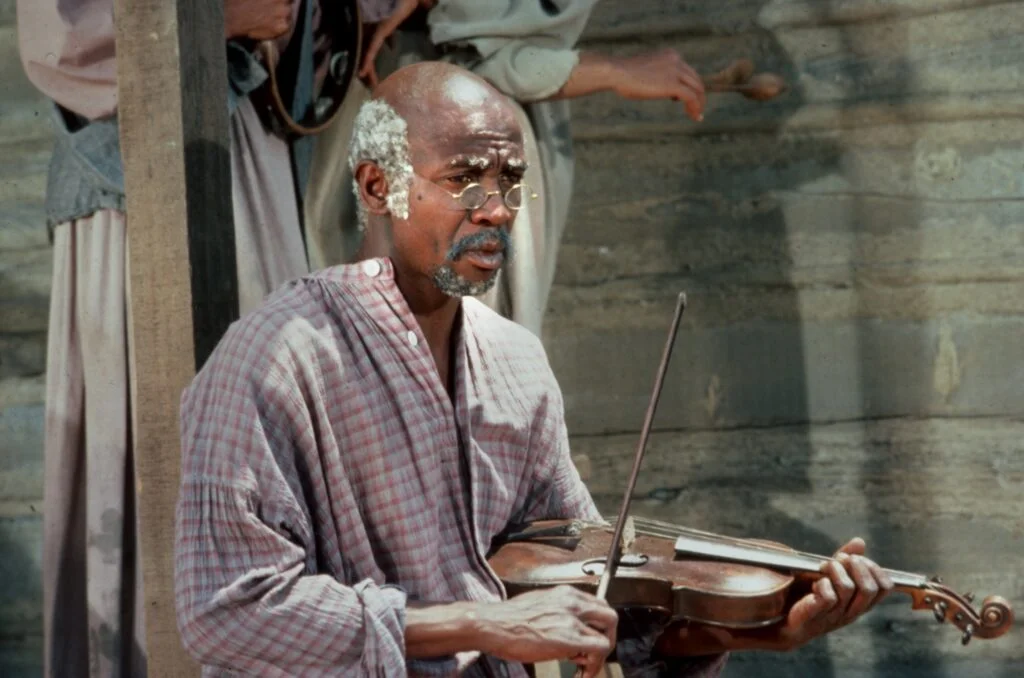
When Alex Haley’s generational saga hit television screens in January 1977, an astonishing 130 million Americans – more than half the country – watched at least part of this groundbreaking miniseries. The eight consecutive nights of programming traced Kunta Kinte’s family from freedom in Africa through generations of enslavement and eventual liberation, creating a national conversation about our country’s painful history. Viewers of all backgrounds found themselves deeply moved by the performances from LeVar Burton, John Amos, and the entire stellar cast. CNN credits Roots with changing both television and American culture.
Schools adjusted homework schedules and businesses reported employees calling in sick to catch the next installment – such was the cultural grip of this landmark production. The final episode still ranks among the most-watched television broadcasts in American history, with approximately 100 million viewers and a 71% share of the audience. “Roots” forever changed how television approached serious historical subject matter and proved that Americans would tune in for challenging, meaningful storytelling.
2. The Day After (1983)
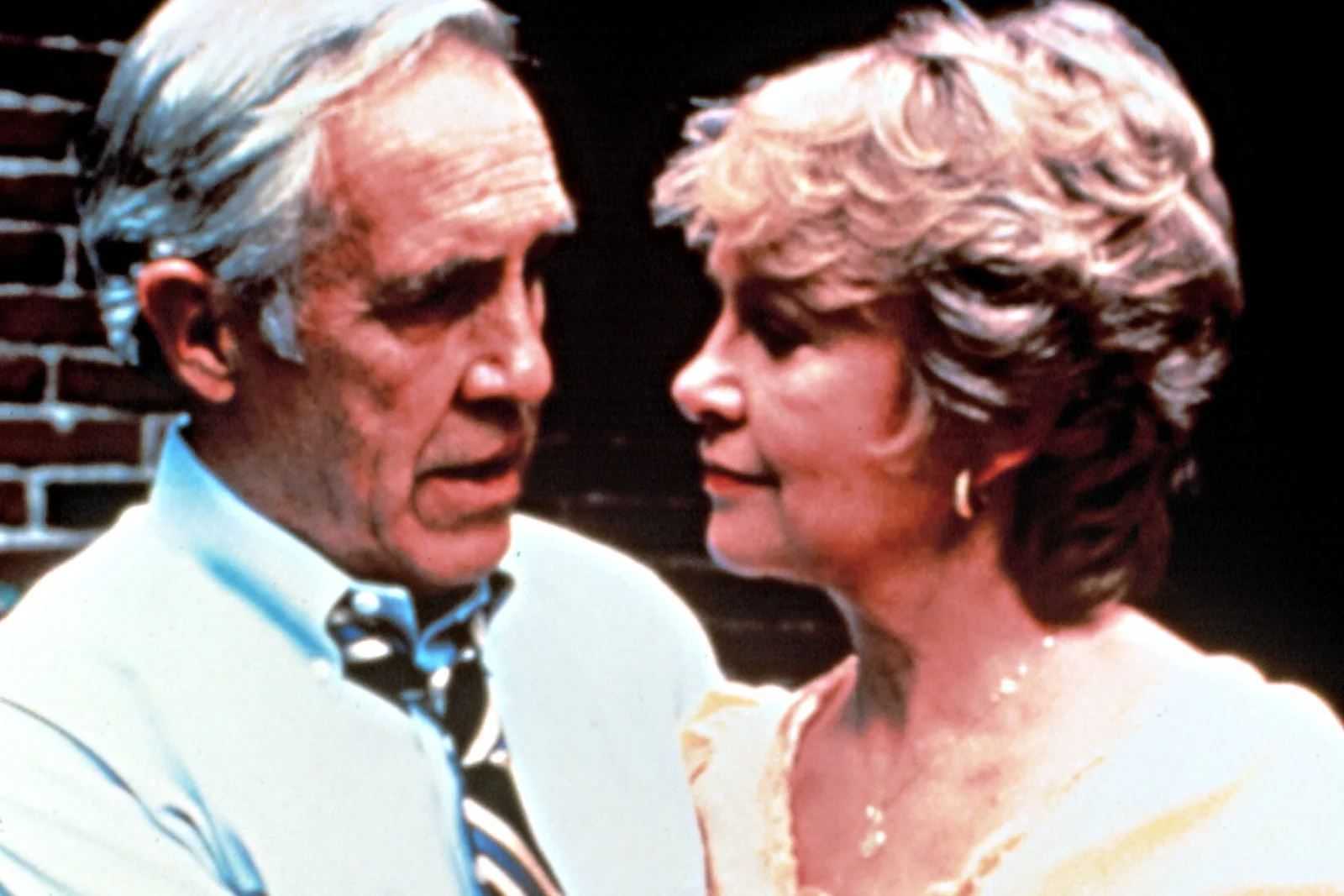
Though technically from the early 80s, this nuclear holocaust drama was the culmination of Cold War anxieties that defined much of the previous decade’s political landscape. An estimated 100 million viewers watched this unflinching portrayal of nuclear war’s aftermath in Lawrence, Kansas, making it the highest-rated television film in history at that time. ABC even set up 1-800 hotlines with counselors standing by to help viewers process the deeply disturbing imagery and themes. Outrider argues that this program is responsible for avoiding nuclear conflict.
The film’s impact extended far beyond entertainment, influencing national conversation about nuclear proliferation and even reaching the Reagan White House. President Reagan himself watched a pre-screening and later wrote in his diary that the film was “very effective and left me greatly depressed,” contributing to his evolving stance on nuclear arms negotiations with the Soviet Union. Parents debated whether children should watch, teachers incorporated discussions into classrooms, and Americans everywhere contemplated the unthinkable with newfound clarity.
3. Brian’s Song (1971)
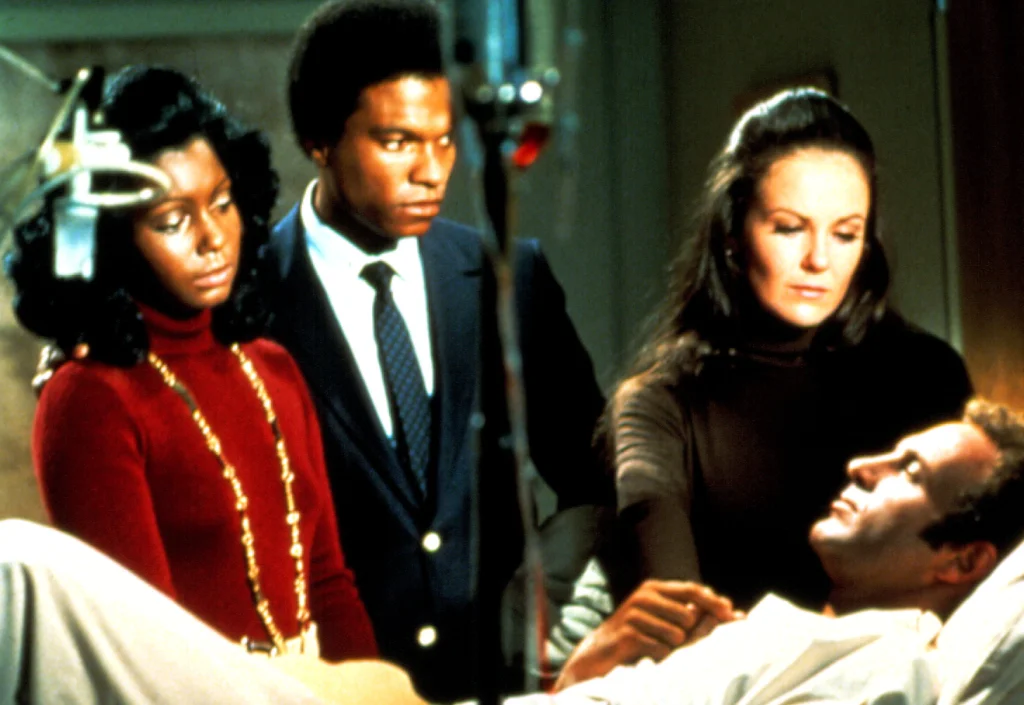
This tear-jerker about the friendship between Chicago Bears teammates Brian Piccolo and Gale Sayers became the gold standard for sports-related drama and proved that men could openly cry at television. James Caan and Billy Dee Williams delivered performances that transcended sports fandom, touching viewers with the true story of interracial friendship cut short by Piccolo’s terminal illness. The film tackled racial barriers with remarkable sensitivity for its time, showing two men from different backgrounds forming a bond that went far deeper than their professional relationship. Sports Illustrated argues that, to this day, this program still resonates.
Originally airing as part of ABC’s “Movie of the Week” series, the film’s popularity led to theatrical releases and established a new benchmark for made-for-TV movies. Families gathered in living rooms across America, boxes of tissues at the ready, to experience a story that reminded us of our shared humanity in a decade often defined by division. Even non-sports fans found themselves deeply moved by this celebration of friendship, courage, and dignity in the face of tragedy.
4. Duel (1971)
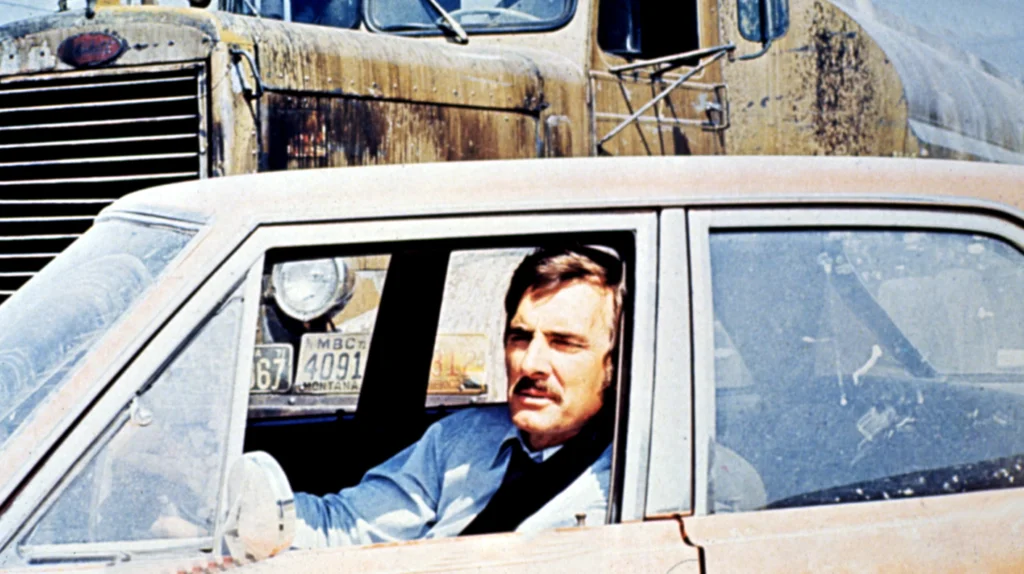
Before “Jaws” made him a household name, young director Steven Spielberg demonstrated his masterful command of tension with this spare, terrifying tale of a traveling salesman pursued by a menacing truck driver. The film transformed the mundane act of highway driving into an edge-of-your-seat thriller that had viewers questioning whether they’d ever feel safe on the open road again. Dennis Weaver’s increasingly frantic performance as the pursued motorist perfectly captured the everyman quality that made the scenario so relatable to average Americans.
Initially broadcast as an ABC Movie of the Week, “Duel” generated such buzz that it later received international theatrical distribution with additional footage. The film’s minimalist approach – we never clearly see the truck driver’s face – turned an ordinary Peterbilt 281 tanker truck into one of the decade’s most memorable screen villains. Spielberg’s brilliant direction proved that imagination could be more frightening than explicit imagery, allowing viewers to project their own fears onto the mysterious driver.
5. The Homecoming: A Christmas Story (1971)
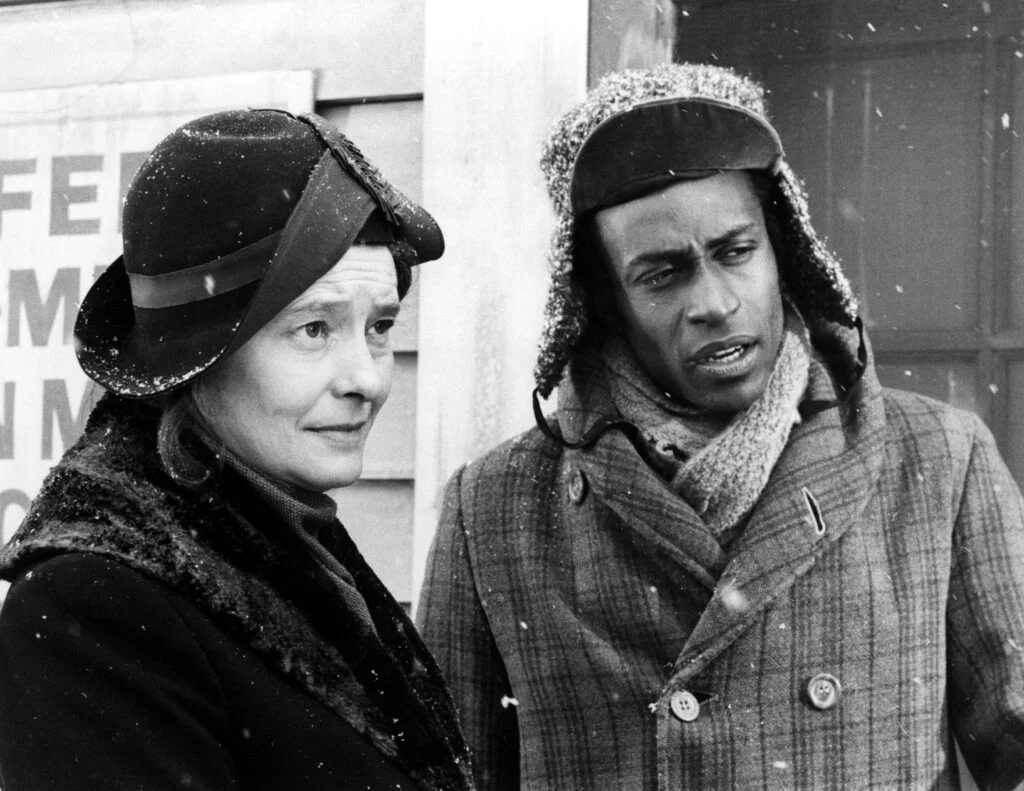
What began as a one-off holiday special became the launching pad for one of television’s most beloved series when viewers fell in love with the Depression-era Walton family. Patricia Neal starred as Olivia Walton (later played by Michael Learned in the series) in this heartwarming tale set in rural Virginia during Christmas 1933, capturing the essence of American resilience during hard times. The combination of period authenticity, wholesome family dynamics, and gentle humor created a viewing experience that felt like wrapping up in a warm blanket on a cold winter night.
CBS executives were so overwhelmed by the audience response that they quickly commissioned “The Waltons” series, which would run for nine successful seasons. The famous “Goodnight John-Boy” scene became part of our cultural vocabulary, referenced and parodied for decades afterward. In an era of increasing urban challenges and shifting family structures, “The Homecoming” offered viewers a nostalgic glimpse of simpler times while acknowledging that every generation faces its own unique struggles.
6. Helter Skelter (1976)
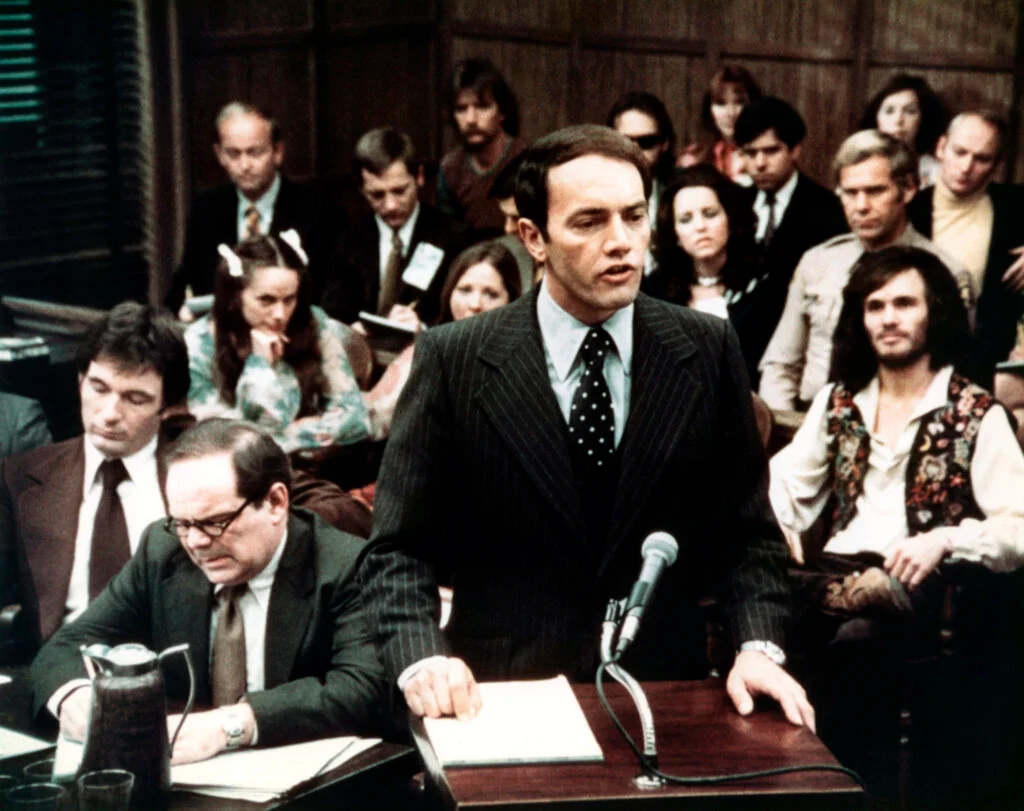
This chilling two-part adaptation of prosecutor Vincent Bugliosi’s bestseller about the Charles Manson murders captivated and terrified American viewers in equal measure. The film pulled no punches in depicting the bizarre cult dynamics that led to the shocking Tate-LaBianca murders, forever changing how many Americans viewed the darker side of the 1960s counterculture. Steve Railsback’s unnervingly authentic portrayal of Manson earned critical acclaim while simultaneously giving viewers nationwide recurring nightmares.
CBS received both praise and criticism for bringing such disturbing true crime to primetime television, setting new standards for what broadcast networks would air. Many families experienced their first serious discussions about cult psychology and the dangers of mind control after watching together. The film achieved the rare distinction of being both commercially successful – drawing a 37% share of the viewing audience – and historically significant as a document of how Americans processed one of the most disturbing crime sprees in the nation’s history.
7. The Autobiography of Miss Jane Pittman (1974)
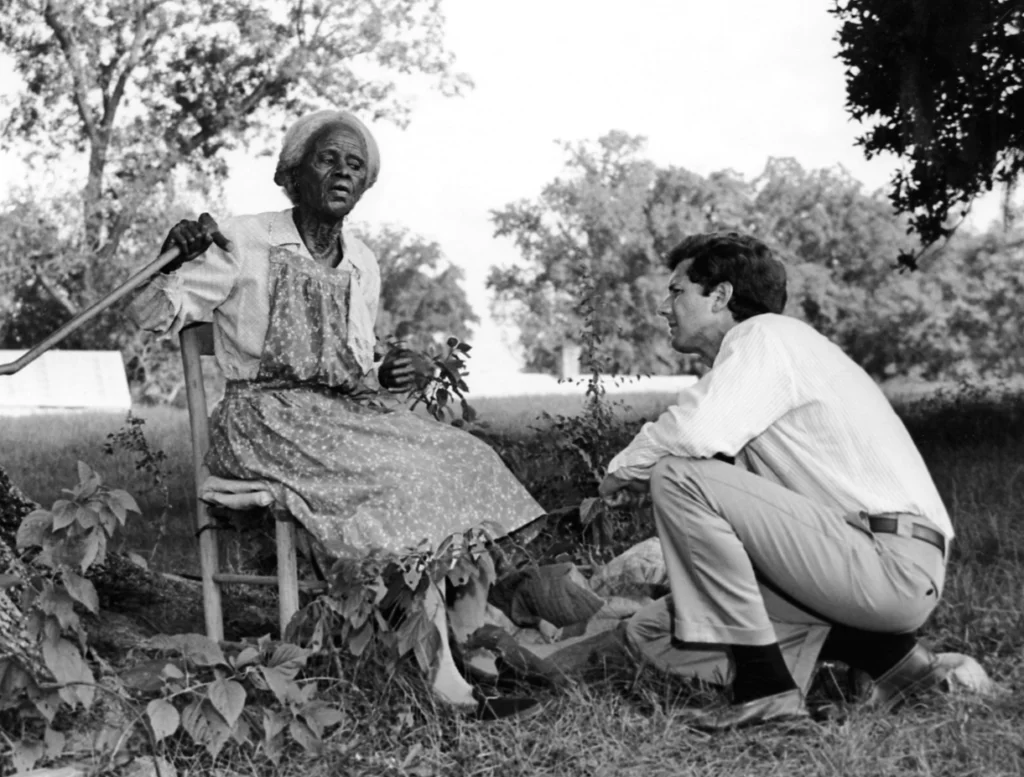
Cicely Tyson’s tour-de-force performance as a 110-year-old former slave who lives to participate in the Civil Rights movement transformed this CBS television movie into required viewing. The groundbreaking makeup effects that aged Tyson throughout the film amazed viewers, but it was her dignified, nuanced portrayal that truly captured America’s attention and earned her well-deserved Emmy and BAFTA awards. The film’s signature scene – showing the elderly Jane Pittman defiantly drinking from a “whites only” water fountain – became an indelible image in television history.
Coming just a decade after the height of the Civil Rights movement, the film offered many white viewers their first emotionally engaging exposure to Black American history through one remarkable character’s journey. Schools across the country incorporated the film into their curricula, recognizing its power to humanize historical events for students. The cross-generational appeal brought families together to witness a century of American history through Jane’s eyes, creating viewing experiences that sparked important conversations in living rooms nationwide.
8. The Miracle of Kathy Miller (1981)
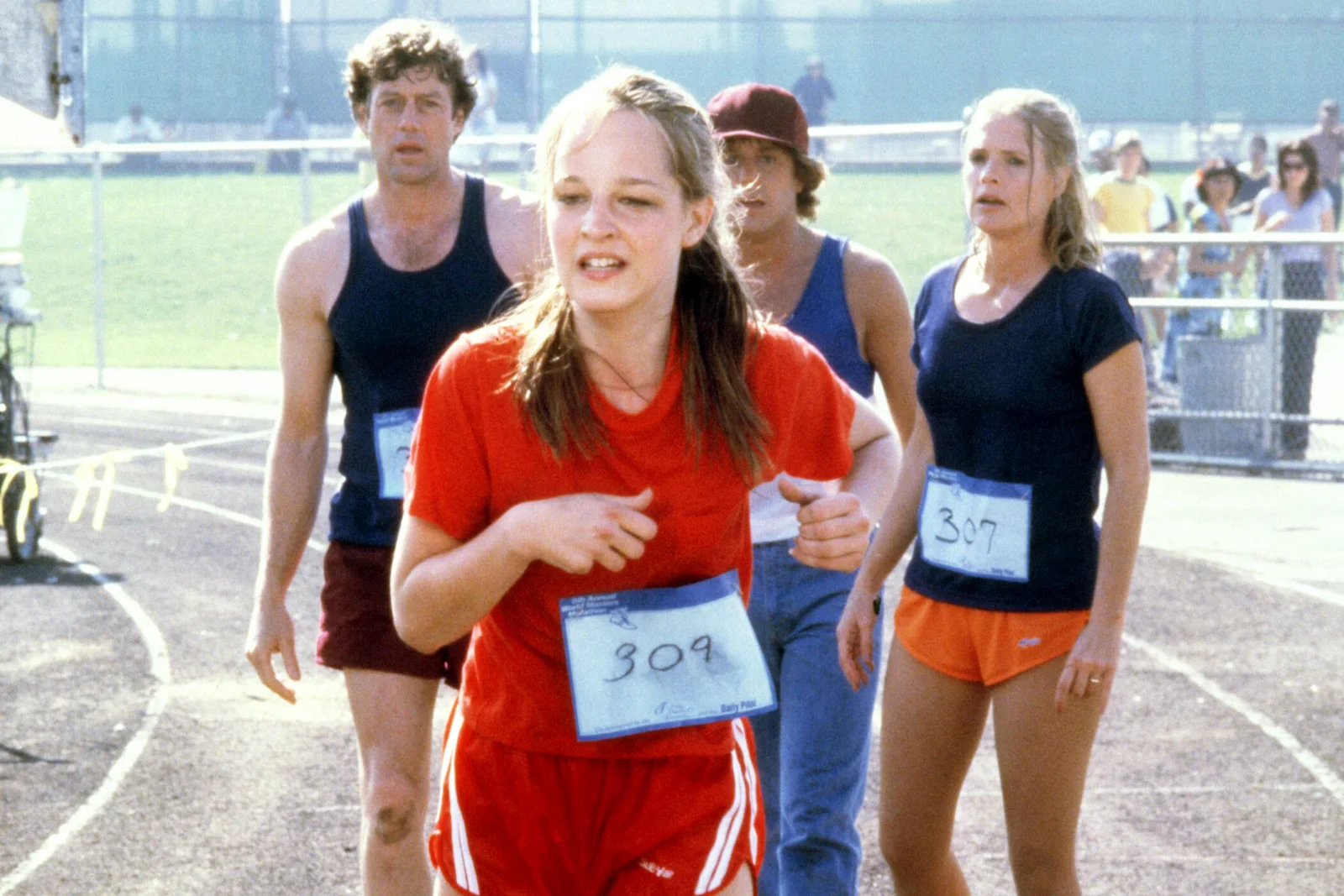
This inspirational true story about a high school athlete’s recovery from a devastating car accident represented the pinnacle of the “triumph over tragedy” genre that dominated TV movies of the era. Sharon Gless delivered a powerful performance as the determined young woman who defies medical prognoses that she would never walk again following a coma. The film’s intimate portrayal of rehabilitation struggles connected deeply with viewers who had faced their own health challenges or supported loved ones through difficult recoveries.
NBC promoted the film heavily during its popular sports programming, recognizing the natural crossover appeal of this athletic comeback story. The real Kathy Miller’s involvement as a consultant lent authenticity to the production and generated significant media coverage that helped build audience anticipation. Many viewers reported being moved to tears by the climactic sequence showing Miller’s return to competition, a testament to the film’s effective blending of sports drama and medical triumph.
9. Salem’s Lot (1979)
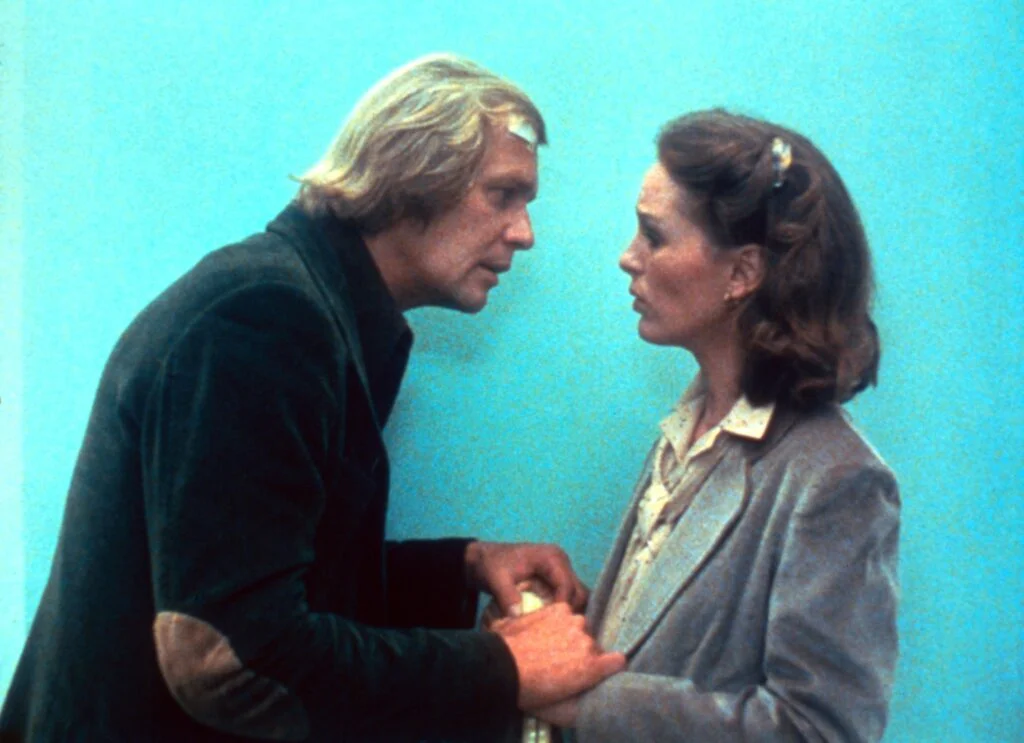
Stephen King’s vampire novel received the deluxe treatment in this two-part CBS adaptation that had viewers checking their window locks and avoiding eye contact with nocturnal visitors. Director Tobe Hooper, fresh from “The Texas Chain Saw Massacre,” brought cinematic flair to television with imagery like the floating vampire boy scratching at windows – a scene that traumatized an entire generation of young viewers. David Soul starred as novelist Ben Mears, returning to his hometown only to discover it’s being systematically overtaken by the undead.
The film’s slow-burn approach to horror built unbearable tension across its two nights, with many families reporting they slept with lights on afterward. Unlike the explicit gore of theatrical horror films, “Salem’s Lot” relied on atmosphere and suggestion, proving that broadcast television could deliver genuine scares within content restrictions. The miniseries format allowed for deeper character development than most horror films, making viewers genuinely care about the fate of the small Maine town as it succumbed to darkness.
10. Sybil (1976)
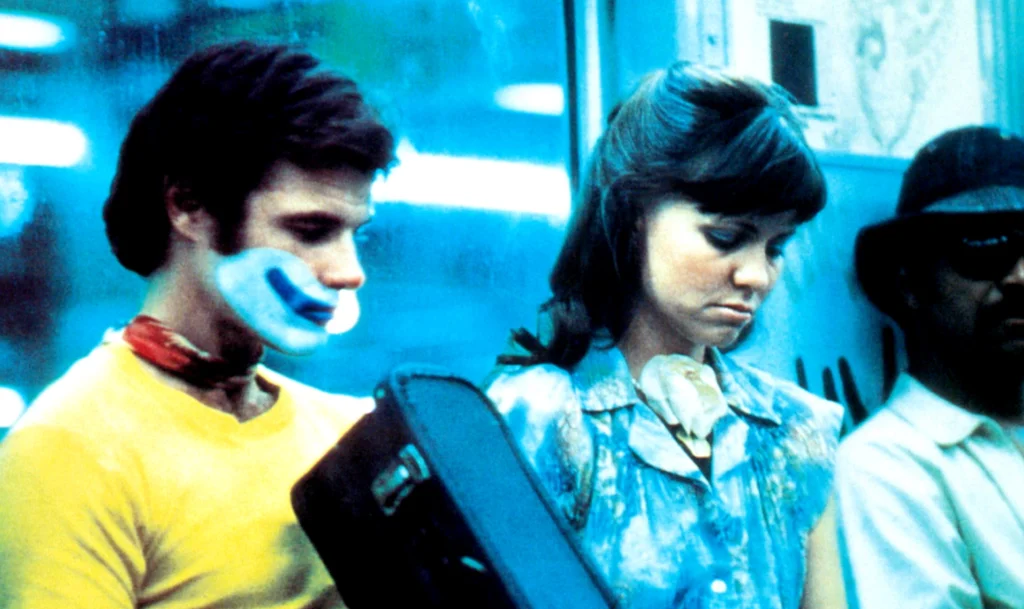
Sally Field demolished her “Gidget” image with this harrowing portrayal of a woman suffering from multiple personality disorder (now known as dissociative identity disorder) resulting from childhood abuse. The unprecedented two-night, four-hour broadcast forced American viewers to confront uncomfortable realities about child abuse and mental illness that had previously remained hidden from public discussion. Field’s ability to transform between Sybil’s sixteen distinct personalities without the benefit of special effects or makeup left audiences astonished and earned her an Emmy Award.
The film’s unflinching approach to its difficult subject matter generated controversy, with some mental health professionals criticizing potential sensationalism while others praised its awareness-raising impact. Reports of psychology graduate program applications increasing significantly following the broadcast suggested many young people found their calling through this powerful dramatization. “Sybil” became a cultural touchstone so significant that psychologists noted an increase in multiple personality disorder diagnoses in the years following its broadcast – a phenomenon that sparked decades of debate about media influence on clinical practice.
11. The Marcus-Nelson Murders (1973)
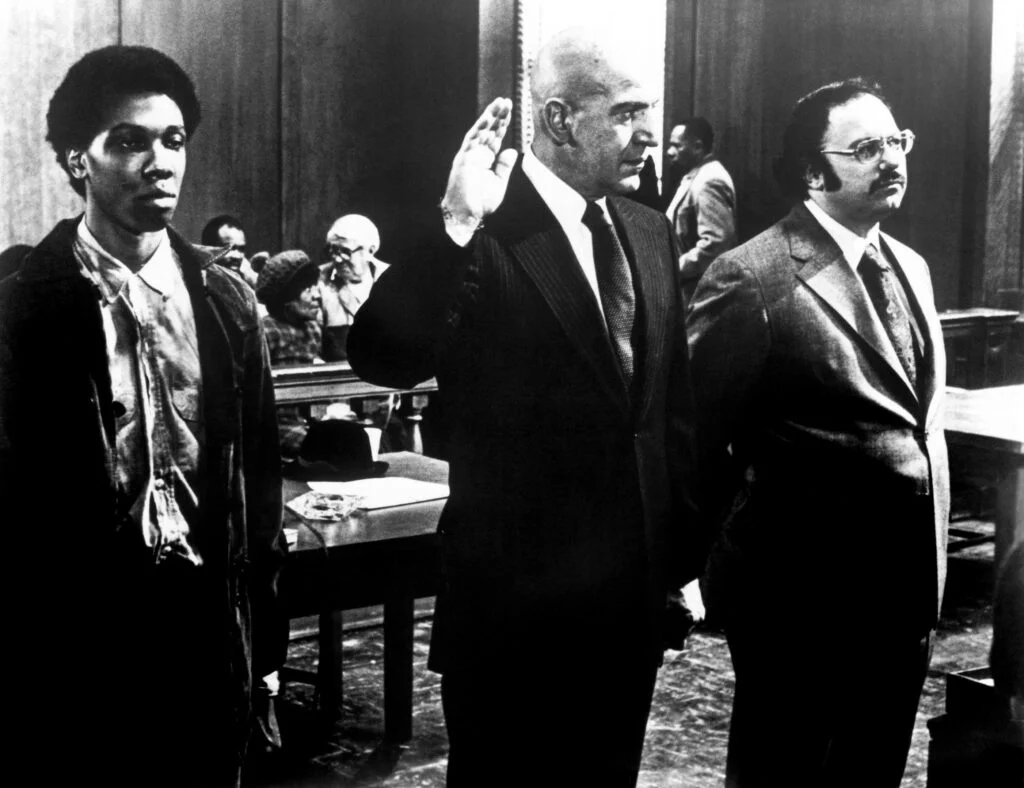
This gritty crime drama based on a real case not only captivated viewers but launched the long-running series “Kojak” when audiences couldn’t get enough of Telly Savalas’s charismatic detective. The film tackled police misconduct and racial injustice head-on, showing how detectives extracted false confessions from innocent suspects in a high-profile murder case. Its unflinching examination of institutional failures felt revolutionary to viewers accustomed to more straightforward police heroics.
CBS executives initially worried the complex moral territory might alienate viewers, but the audience response proved Americans were ready for more sophisticated crime storytelling. The film’s documentary-like visual style influenced countless police dramas that followed, establishing a new template for realism in the genre. Savalas’s iconic performance – complete with catchphrase “Who loves ya, baby?” and ever-present lollipop – demonstrated how a TV movie could serve as an effective backdoor pilot for a series.
12. Something for Joey (1977)
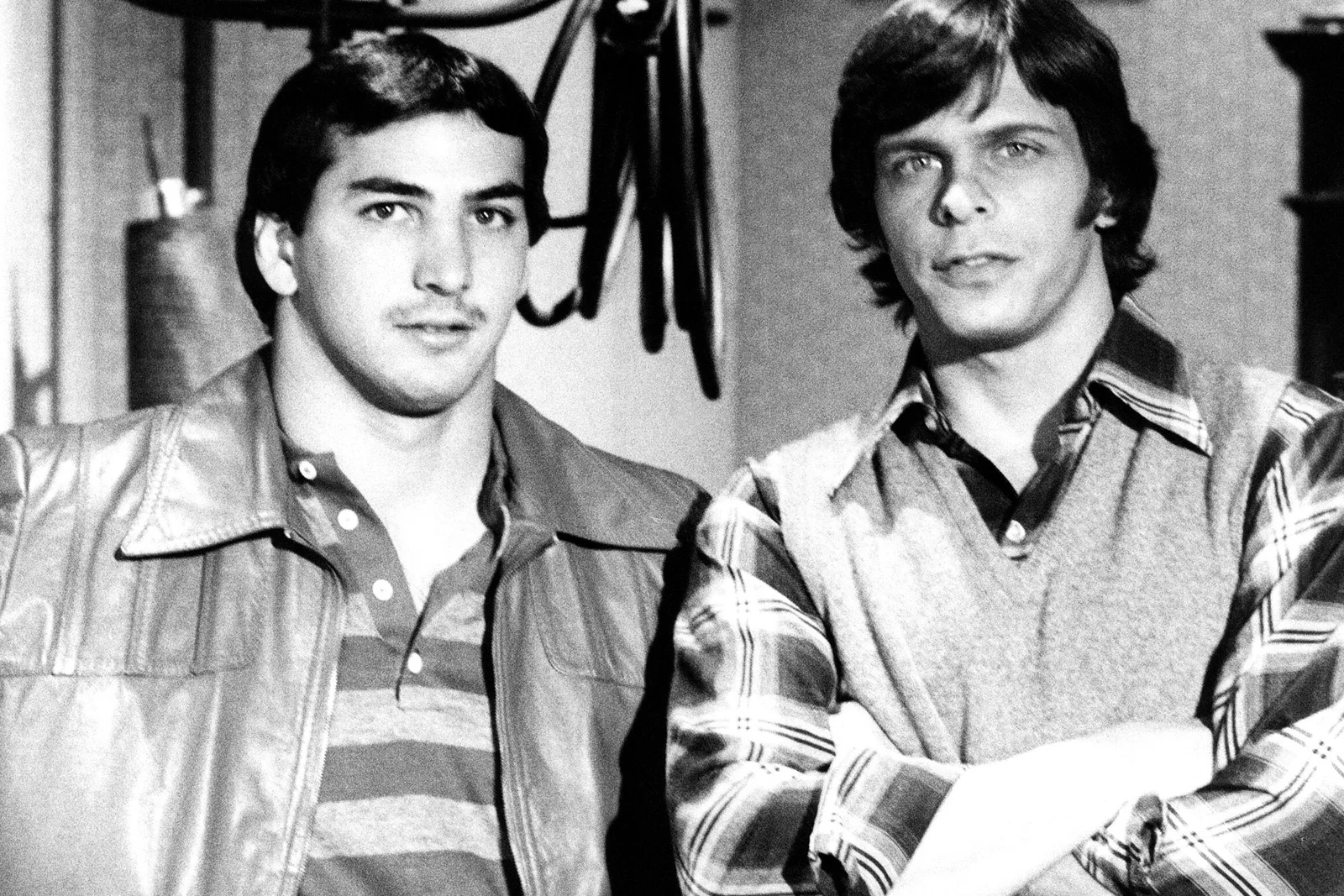
This heartbreaking true story about the relationship between Heisman Trophy winner John Cappelletti and his younger brother Joey, who was battling leukemia, represented the perfect storm of sports drama and medical tragedy. Marc Singer and Jeff Lynas delivered unforgettable performances as the brothers whose bond transcended the Penn State football star’s athletic achievements. The film’s recreation of Cappelletti’s famous Heisman Trophy acceptance speech – which he dedicated to his brother – left few dry eyes across America.
CBS scheduled the broadcast during a typically low-viewership spring week but found themselves with a surprise hit as word-of-mouth recommendations spread rapidly. The film struck a perfect balance between authentic sports action and emotional family drama, appealing to diverse audience segments. Parents particularly appreciated having a sports-focused film they could watch with their children that also conveyed meaningful messages about priorities and perspective in life.
From disaster epics to true crime, from medical dramas to supernatural thrillers, these television events did more than entertain us – they united us. In today’s fractured media landscape, it’s hard to imagine any single broadcast capturing half the nation’s attention simultaneously. These shared viewing experiences created cultural touchstones that Baby Boomers still reference today, proving that sometimes the most powerful aspect of television isn’t the content itself, but the knowledge that millions of your fellow Americans are experiencing the same emotions at the exact same moment.



